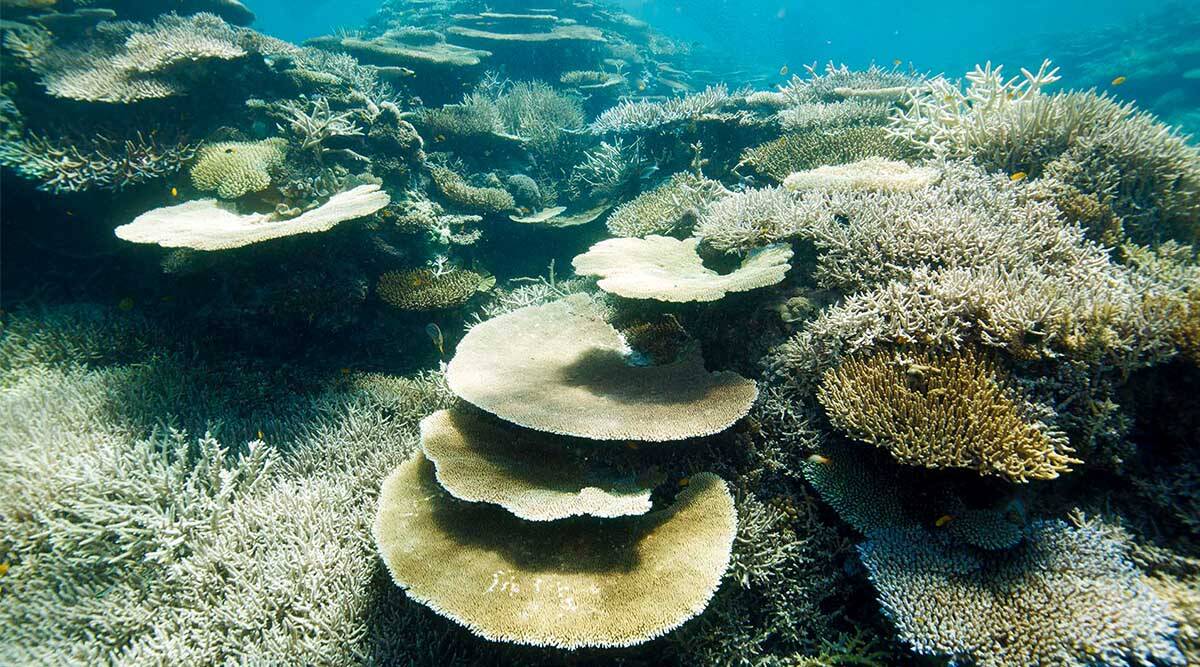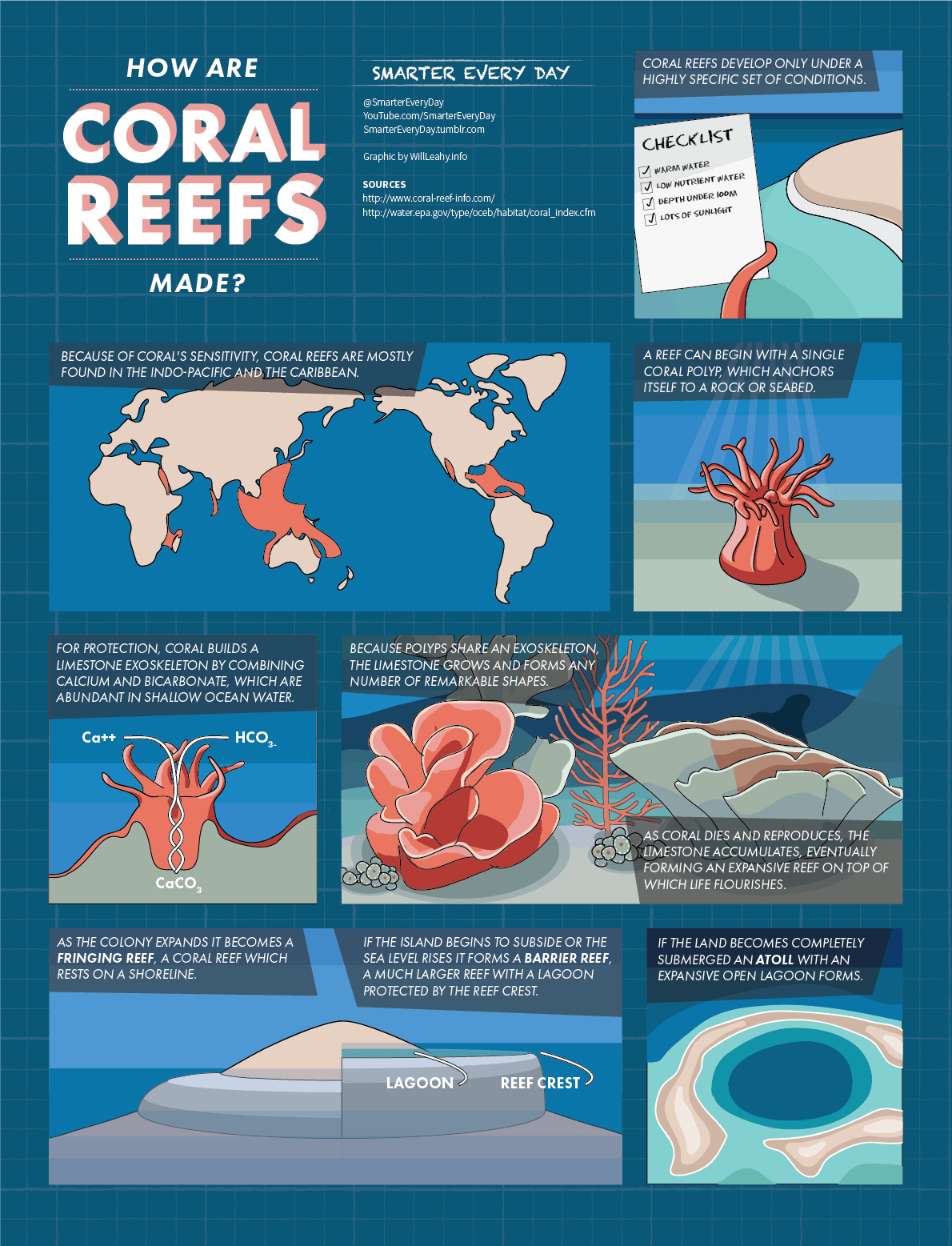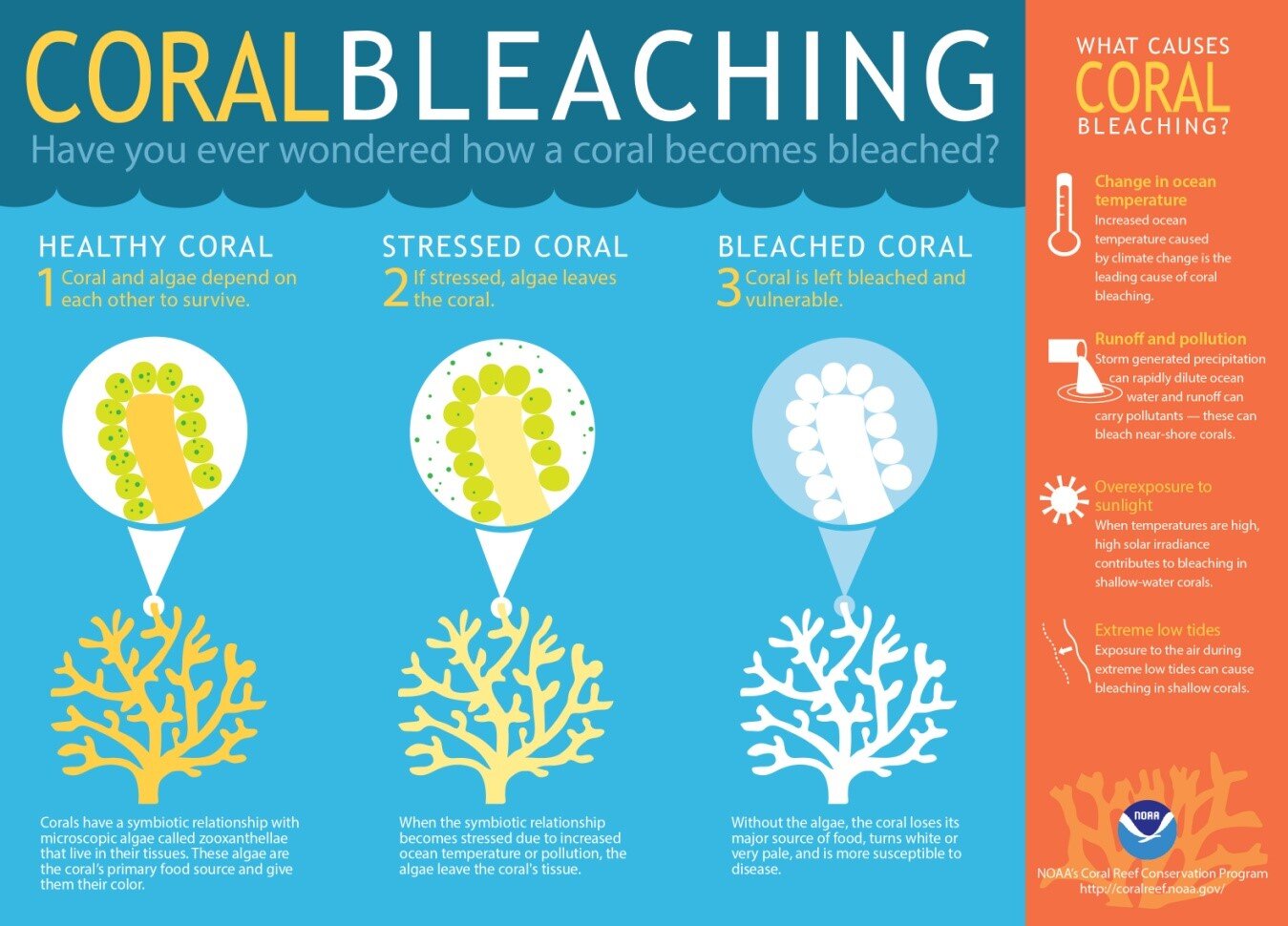Free Courses Sale ends Soon, Get It Now


Free Courses Sale ends Soon, Get It Now



Copyright infringement not intended
Context: Scientists working on Australia’s Great Barrier Reef have successfully trialled a new method for freezing and storing coral larvae they say could eventually help rewild reefs threatened by climate change
Details:
What are coral reefs?


https://indianexpress.com/article/technology/science/great-barrier-reef-freeze-8333015/
© 2024 iasgyan. All right reserved